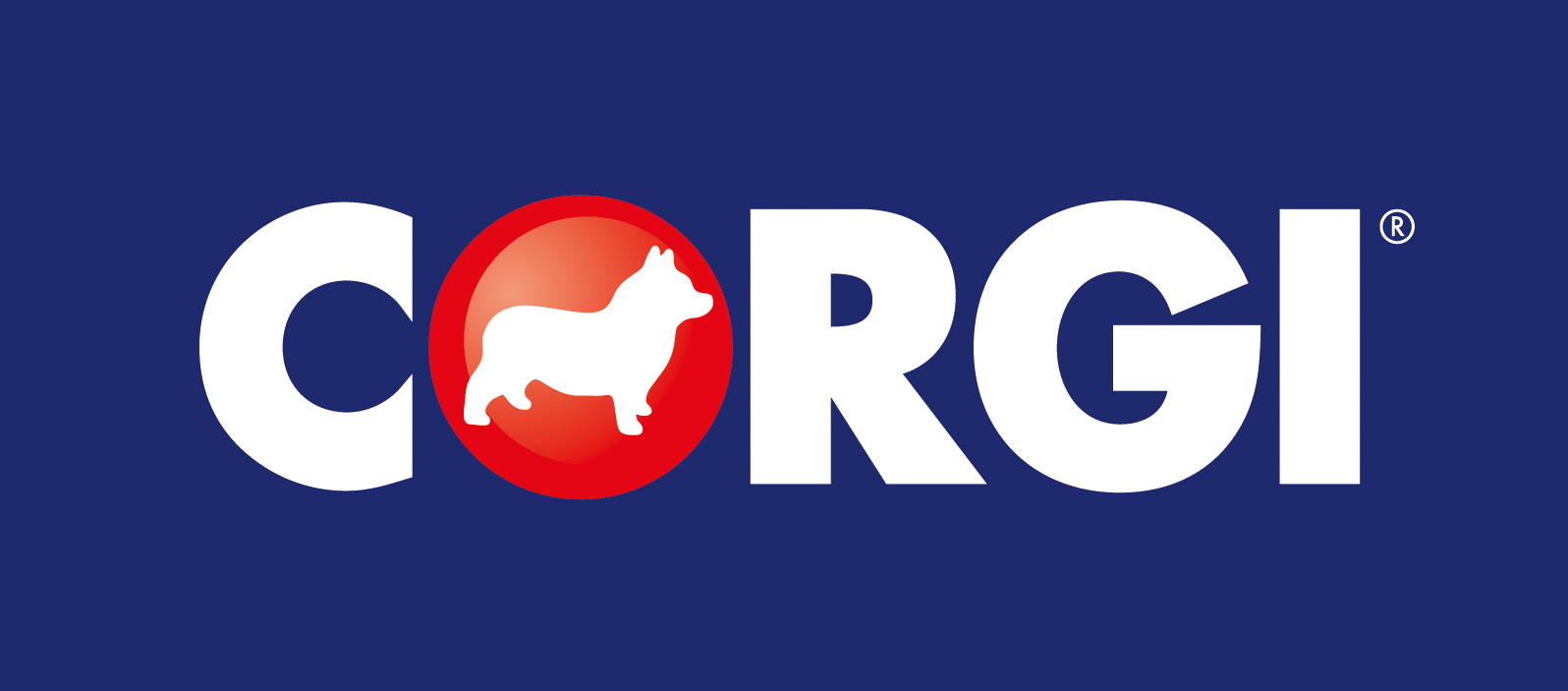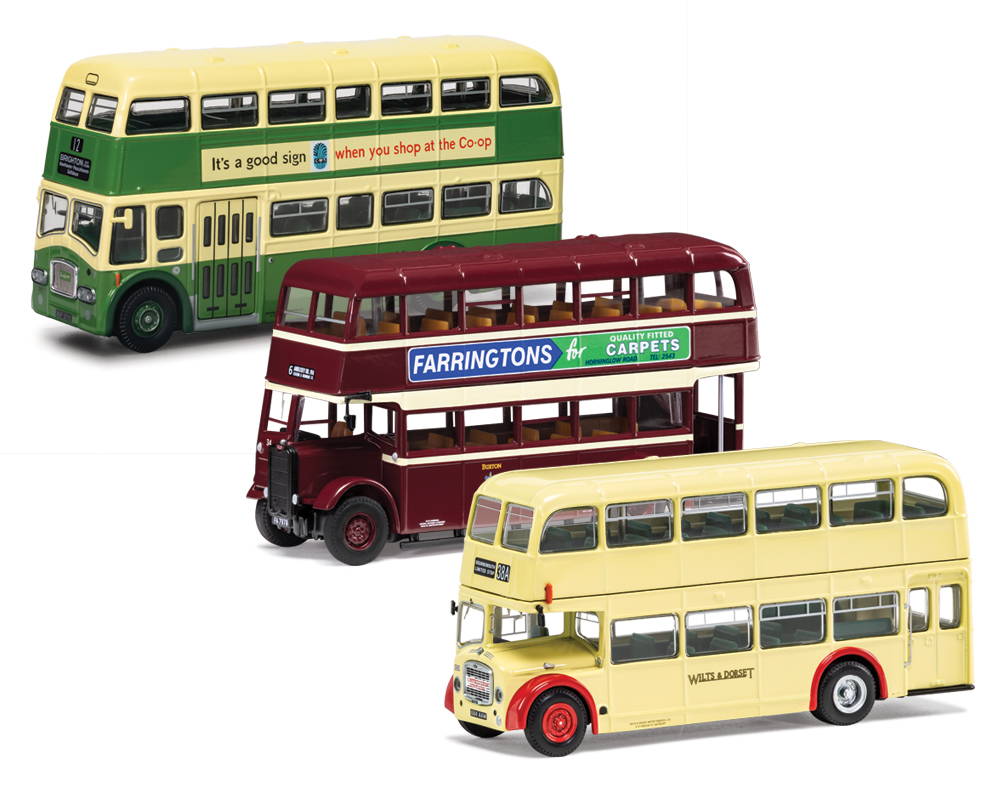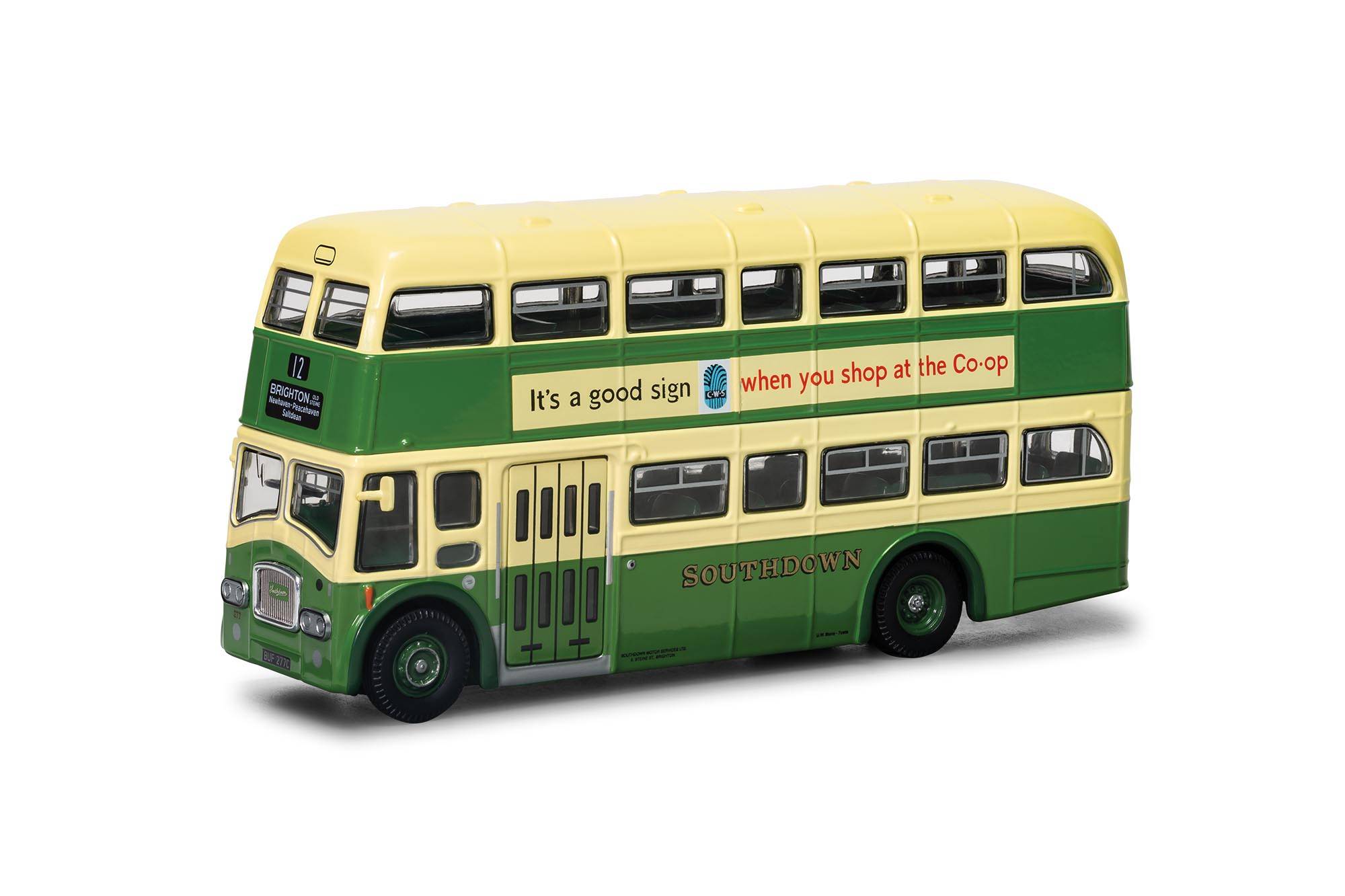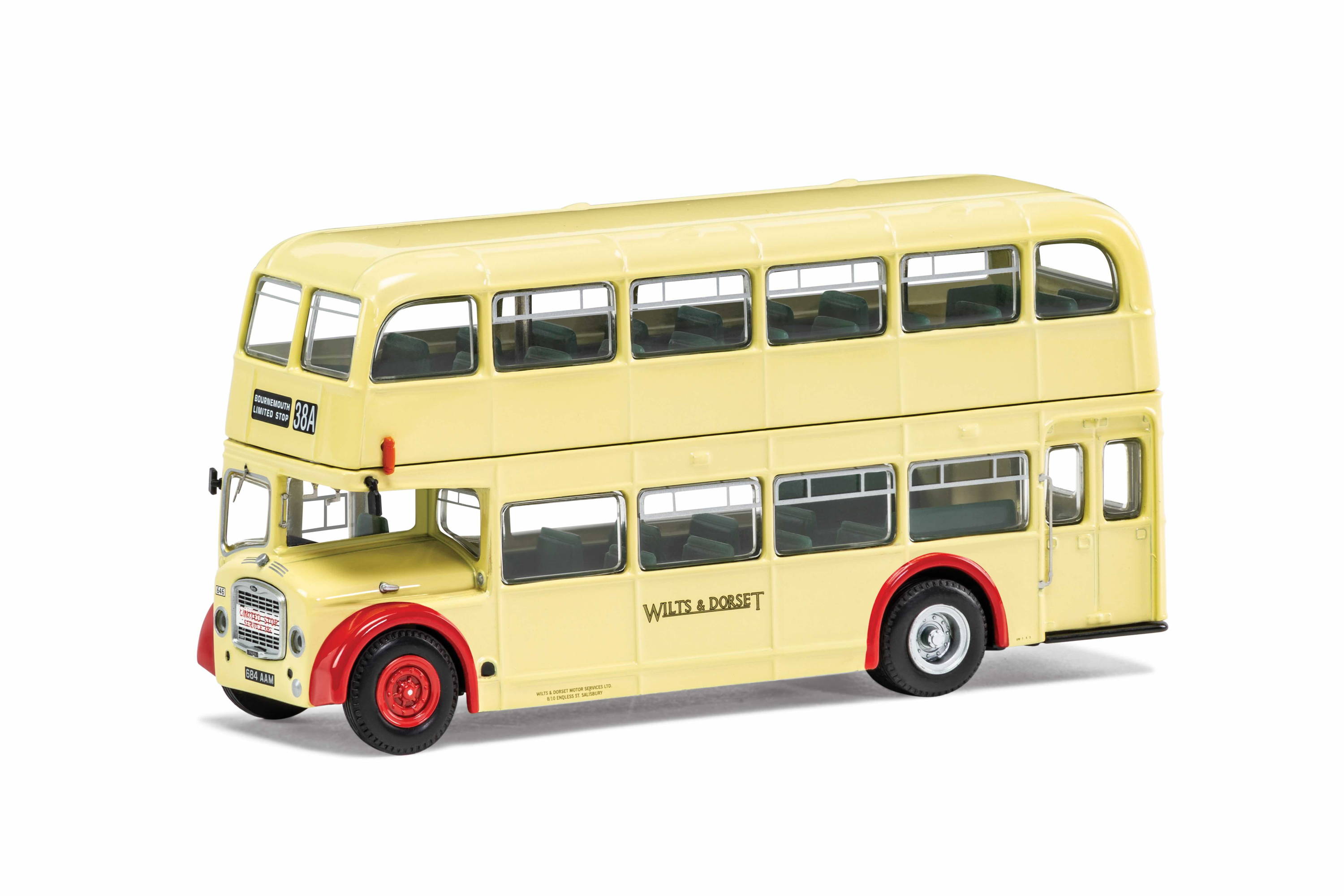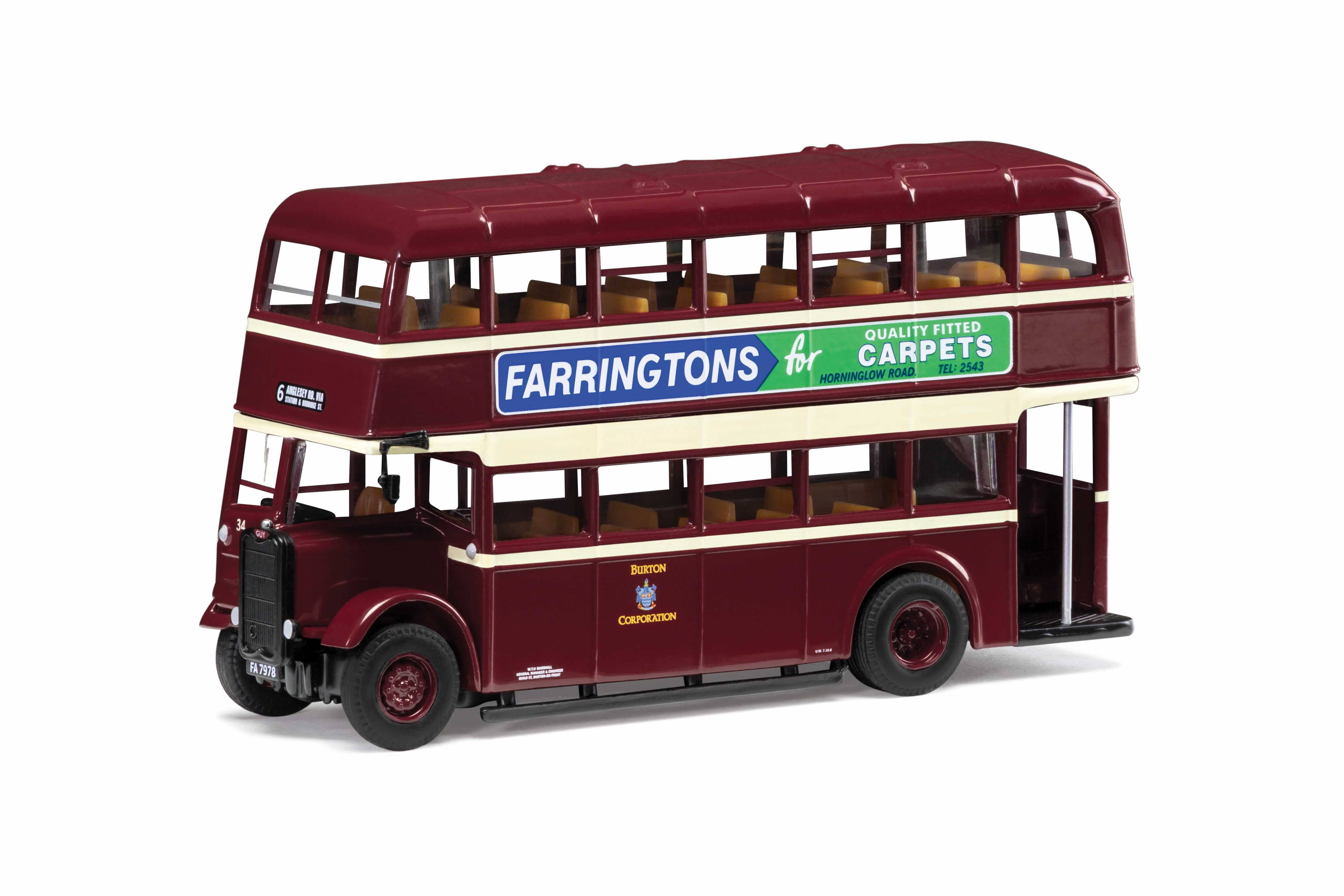Really pleased that CMC have produced this as it is great to have it paired with my original batmobile as I never owned an original batboat.
The trailer seems a perfect replica of the 60's version and it looks great on display. The box art is fantastic too. Slightly disappointed that the "tin fin" is a sticker and not printed tin plate but that is not going to prevent me leaving 5 stars for this one!

Merci Corgi ! Je suis de retour dans les années 60 de mon enfance, Fan de la série TV, de la Batmobile et du Batboat "première génération" avec son coupleur de remorque à la brève et donc rare existence que Corgi toys sortaient à l'époque et avec lesquels j'ai tellement joué. J'ai eu aussi la version suivante de la Batmobile avec son crochet fixe, certes plus pratique mais pour moi moins esthétique. Holly Bikini !
Good afternoon, I would really like to give my feedback, but to date I have not yet received any of the orders placed and paid for. I'd like to know where they are, because at my the address hasn't been delivered yet.
Tengo ya 60 años, y recuerdo con añoranza, como unos tios mios que se encontraban trabajando desplazados desde España en Alemania, a un primo mio le regalaron esta preciosidad de coche. Este coche, como eramos niños, se destrozó por uso y desapareció de nuestras colecciones. Ya de mayor, lo intenté conseguir por diferentes medios durante muchísimo tiempo, y gracias a Corgi..., tengo el coche que tanto ansié, gracias. Ahora si que continuó siendo otra vez un niño.
